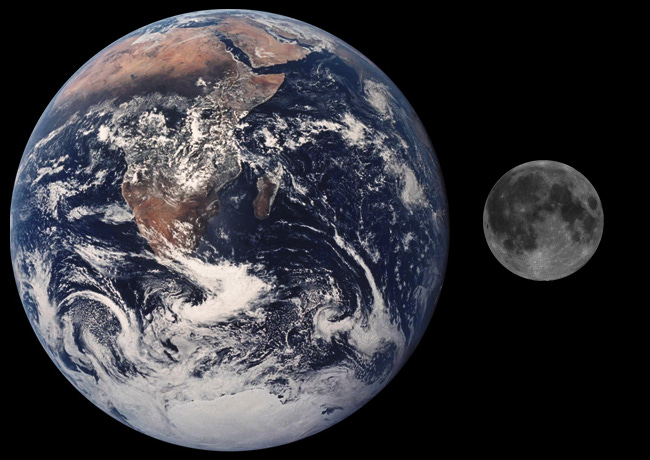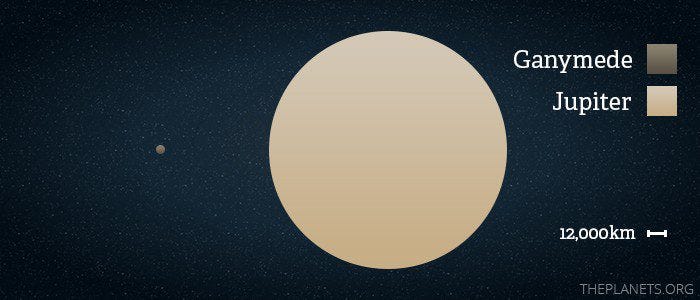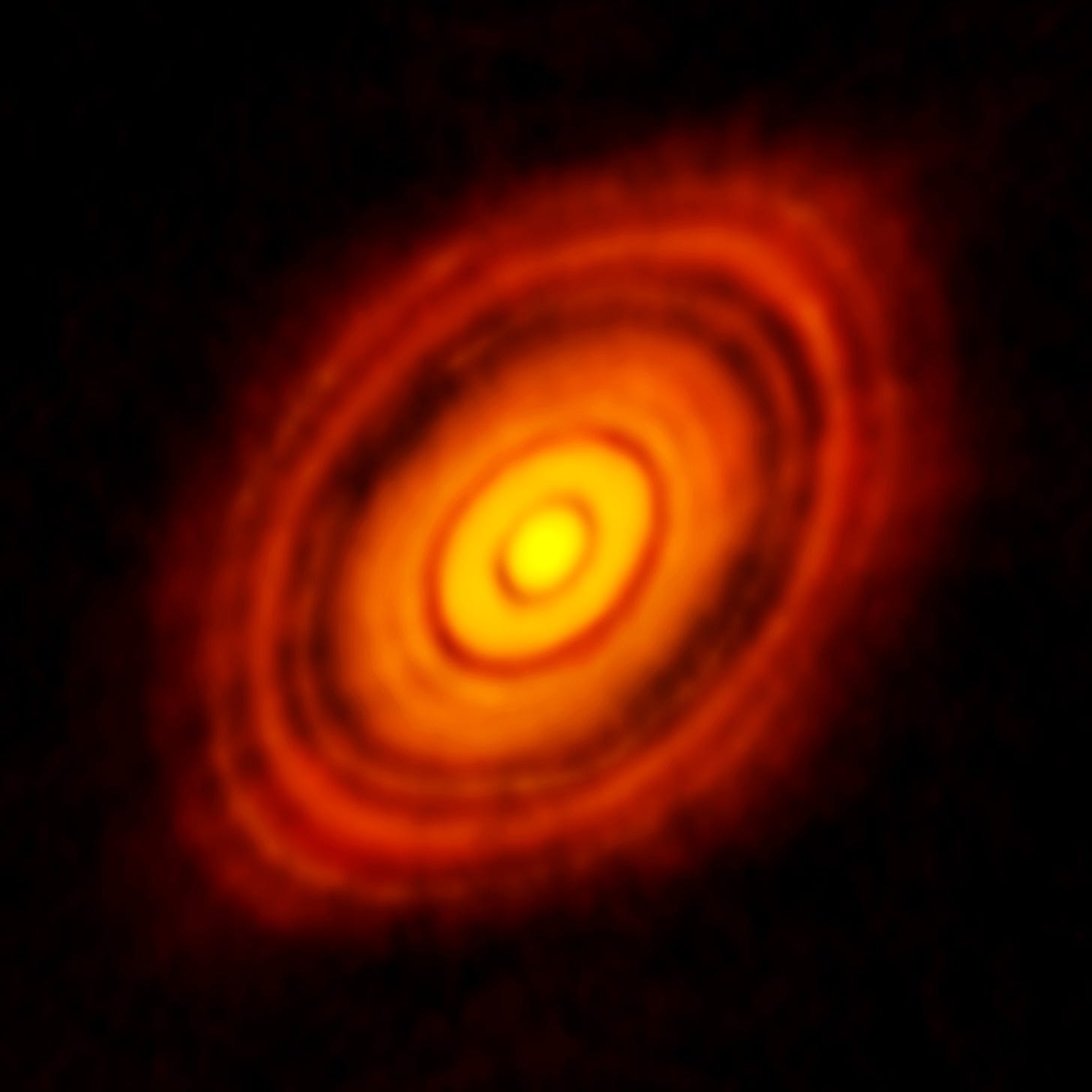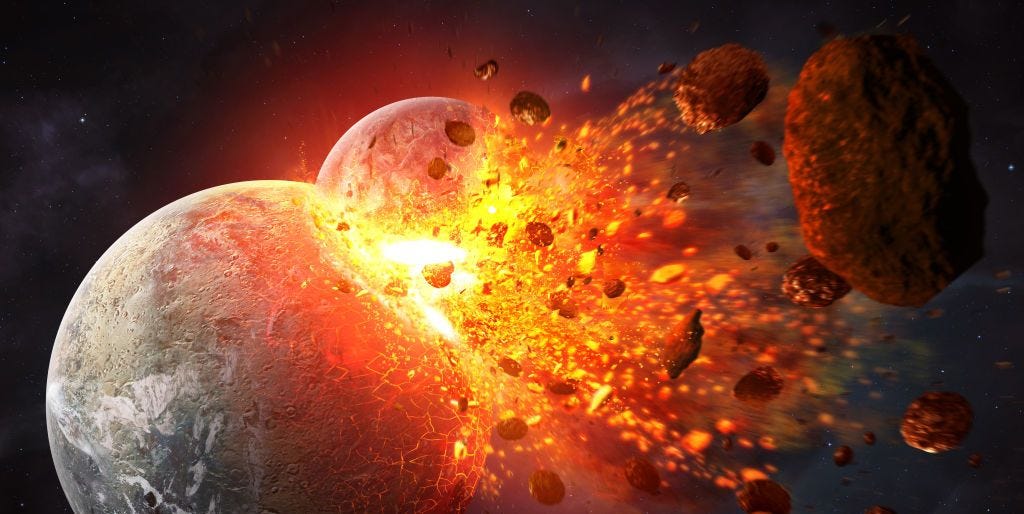Curious Realizer - Where Did The Moon Come From?
Earth's Moon has an unusual characteristic worth pondering

It’s the second brightest object in our sky1… when it’s visible. Roughly once per month it cycles through phases which alternate between hiding and and revealing its surface. To date, only a small number of people have walked upon this object and only a slightly larger number of people have orbited it.2 This celestial body has attracted our attention for millennia and it’s the subject of both fact and fiction.3
Of course I’m talking about Luna, aka la Lune, la Luna, der Mond, or, as it’s most frequently called in the English language, the Moon4. The Moon is one of the most viewed and analyzed objects in space. People have written books, essays, articles and fiction about the Moon, listing a multitude of facts and suppositions that would have made HAL 9000 go berserk5 if it tried to analyze all of them.
One of the really unusual things about the Moon is its size relative to the Earth. The Moon’s width is about one quarter of the width of the Earth. This size ratio is quite exceptional in our solar system.
When compared to other moons in our solar system, ours is the fifth largest with a diameter of 3,474 km / 2,158 mi. The largest - Ganymede, one of Jupiter’s moons - has a diameter more than 50% larger than the Moon.
But when you show Ganymede beside its planet, at scale…
Moons are typically very small compared to the planets they orbit: this is true for both the gas giants in our solar system as well as Mars6. So when you have a relatively large moon orbiting a planet it's very puzzling to figure out how that happened and how the Moon came into existence.
There are a number of theories as to the origin of the Moon7. Let’s look at three of them and - I promise - I will link this topic back to the normal subject matter of this newsletter.
The following are very simple generalizations of the actual theories.
Accretion
One theory is that both the Earth and the Moon were always separate objects that both accreted, or gathered mass, over time as the solar system was forming. Something prevented the Moon from being absorbed into the Earth and it formed into a separate object.
There’s not much support for this hypothesis - no one can adequately explain why the Earth didn't absorb the matter that became the Moon when they were both still gas and dust.8
Giant-Impact Hypothesis
The most popular and widely accepted theory about the creation of the Moon to date is that billions of years ago the Earth was struck by another planet, one that was roughly the size of Mars. The collision caused our Moon to be formed, a combination of parts of Earth with parts of that other planet.
One of the reasons why this theory is widely accepted is that the Moon contains many of the same materials found on Earth but there are some significant differences that could be explained by the presence of another massive celestial body.
Fission
This theory suggests that the Earth somehow ejected some of its mass into space when it was just a wee planet. The theory doesn’t have a lot of support because there are some key things that it doesn’t explain but one reason that I like this theory is that it means that the Earth and the Moon were originally the same object until something split them apart. As you’ll see, the Earth and Moon have a kind of symbiotic relationship.
I have no way to prove if any of these theories is correct, or if there’s some other explanation for why our Moon is so large in comparison to our Earth. But it seems that Earth and the Moon are really a single complex unit with two big moving parts.9 And somehow, this weird cosmic partnership may be partially responsible for us all being here.
Earth and the Moon are referred to as the Earth-Moon system in some scientific literature. It’s interesting to imagine the implications of one without the other:
A lone Moon would either wander forever in deep space or it would be captured or swallowed up by a larger object like Jupiter or the Sun.
And an Earth without a Moon would be very, very different: the Moon has a significant effect on tides and exerts tremendous forces on the Earth despite being a separate object. The Moon’s influence could also play a major factor in the Earth maintaining its current axial tilt, controlling how much sunlight shines on different parts of the Earth at a given moment in time, leading to the seasons that we experience.
In fact, you could argue that the Earth as it exists today could not exist without the influence of its smaller neighbour. The Earth-Moon system exists in the nexus of tremendous forces that somehow balance each other out enough so that we can live here.
The Earth-Moon system is a great metaphor for other things:
Left-brain/right-brain thinking
System 1/System 2 theory of the brain
Intellect/logic vs. the emotions
David and Goliath
Balance and counter balance
Harmony
Having written all this, can we use this unusual example of bodies orbiting each other in a less literal way (or more, depending on your point of view)?
If we use the formation of the Moon as an analogy for the creative process, we can adapt this concept to the idea of doing creative work:
Accretion
A piece of art may start with an image, a word, a sound, etc. This may in turn lead to other qualities of a possible piece of art, which slowly (then quickly) accumulate into something bigger, which in turn may coalesce into something more solid. This happens quite a lot.
Assertion: keeping a notebook is idea accretion!
Giant-Impact Hypothesis
Sometimes art arises from the collision of ideas that can merge together. A well publicized example of this kind of collision was explained by author Stephen King in his book On Writing. He describes his classic horror novel Carrie as the collision of two ideas:
a person gaining powers (telekinesis, in the case of Carrie White)
a girl reaching sexual maturity (young Carrie White’s abilities surface when she has her first period)
From there, King added more elements to build out a memorable story.
Assertion: throw ideas at each other and see what can stick together and what is pulverized or ejected as a result.
Fission
The most famous example of fission, or splitting something into multiple pieces, just might be J.R.R. Tolkein’s Lord of the Rings trilogy. The trilogy was originally intended to be a single volume publication and it wasn’t originally grouped together under the titles The Fellowship of the Ring, The Two Towers and The Return of the King. For publishing and economic reasons the story was split into three separate volumes. Fortunately, it was a success.
Assertion: an idea that’s too big may need to be split into pieces in order to adequately tell its story.10
The mystery of the where the Moon came from, and the possible answers, can be a powerful allegory that we can apply in our own work.
The Earth-Moon system is also a great example of the power of forces in balance. The creative process, when done effectively, can be thought of as the interplay between creation and revision, addition and subtraction, proximity and distance. In each pairing both opposing forces are necessary but a balance must be struck. Too much creation can mean bloated, non-sensical work; too much revision can excise the life from a story. Powers working in balance can lead to the best work.
Over to you: do you see analogies in the physical world that remind you of any parts of the creative process? Please share your thoughts in the comments!
P.S. for regular information about the Moon, check out Jatan’s Space and his Moon Monday newsletters.
Until Elon Musk or some other enterprising person puts something brighter in orbit.
I am clearly in the “not a hoax” camp.
Please see my previous Curious Realizer post monochrome was the palette of the unreal, envy and nostalgia for some key depictions of the Moon on television.
Could we BE any more boring in our naming? Oh wait: the SUN.
Hm. Also, I’m going with gender-neutral HAL even though the crew uses male pronouns when talking about him. On the other hand, the shape of the Discovery…
The “dwarf planet” Pluto has a moon named Charon which is half of Pluto’s size. Because of their size class (Pluto is much smaller than the other planets, hence the name dwarf planet) and proximity to each other, Pluto and Charon are sometimes referred to as a double dwarf planet system. At this point no one should want to live on either Pluto or Charon. Another interesting factoid: Pluto is significantly smaller than our Moon!
I’m going to exclude the theories which suggest that the Moon is an artificially created structure because… well… **shrugs**
Again, I’m really simplifying this.
Technically the Earth and the Moon orbit around a dynamic point called a barycenter, which is the center of mass for the two bodies which is more of a dynamic point than a physical location. However, this barycenter is located within the Earth itself, several thousand miles away from the core but still beneath the Earth’s surface. Something something science and math.
It feels like George R. R. Martin is still struggling with this.








Interesting video by NASA demonstrating large-impact theory as predicted by a supercomputer. Funny, I just saw this yesterday and today you post about the moon’s creation!
https://youtu.be/kRlhlCWplqk
I liked how you took the original topic and brought it back to your newsletter topics. To your question: I think our creativity is influenced by what’s in our orbit, and we need to make sure we have productive spaces and people in our orbit to fuel the continuous fission reaction that is creativity ⭐️